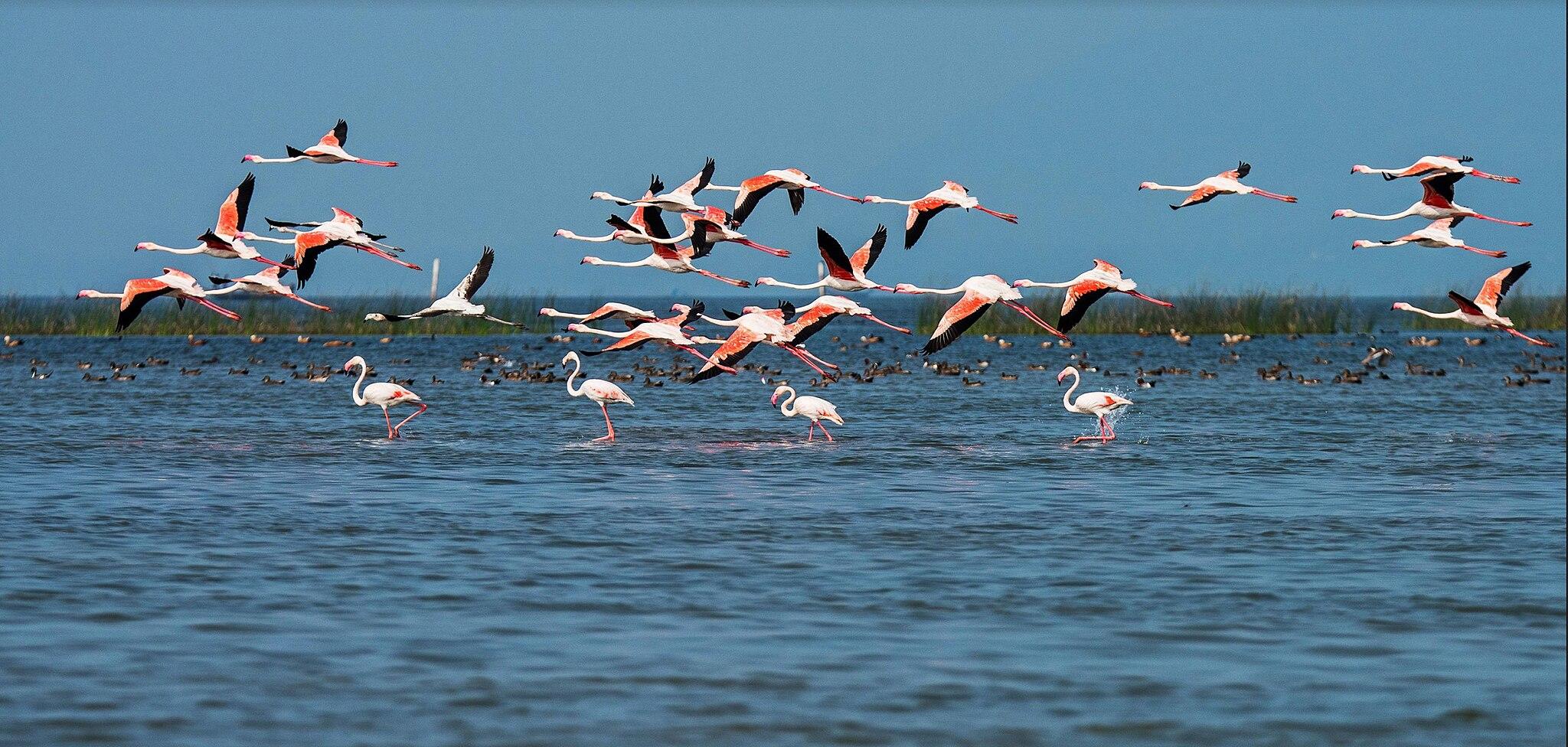Chilika Lake (sometimes called Chilka Lake) is located in Odisha (sometimes called Orrisa) and is home to the Chilika Lake Bird Sanctuary, but it is the habitat for many more animals than just birds as well as many plants!
Chilika Lake as a whole is a tentative UNESCO World Heritage site because of the numerous flora and fauna that live in and around the lake. It’s also a Ramsar Site (a wetland of international importance) and was on the list of sites requiring conservation (called the Montreux Record) in 1993 due to too much silt in the catchment area. After effective conservation efforts, the Chilika Development Authority received the Ramsar Wetland Conservation Award for 2002, having successfully rehabilitated the area, and it as removed from the Montreux Record that same year.

Where is Chilika Lake Located?
Chilika Lake is on the Eastern coast of India near Puri, Brahmapur, and Bhubaneswar in the state of Odisha. It’s the largest inland salt-water pond in Asia and the second-largest coastal lagoon in the world!
There are many small islands located in the lake:
- Badakuda
- Breakfast
- Honeymoon
- Kalijai
- Birds Island
- Kanthapantha
- Krushnaprasada (Old Parikuda)
- Nalabana
- Nuapara
- Somolo
- Sanakuda.
The lake is fed by 52 streams including the Bhargavi, Daya, Makra, Malaguni and Luna rivers. It empties into the Bay of Bengal via Satapada, Arakhuda village, and several other surrounding villages.
To the north and west of the lake, you can find the Eastern Ghats hill range.
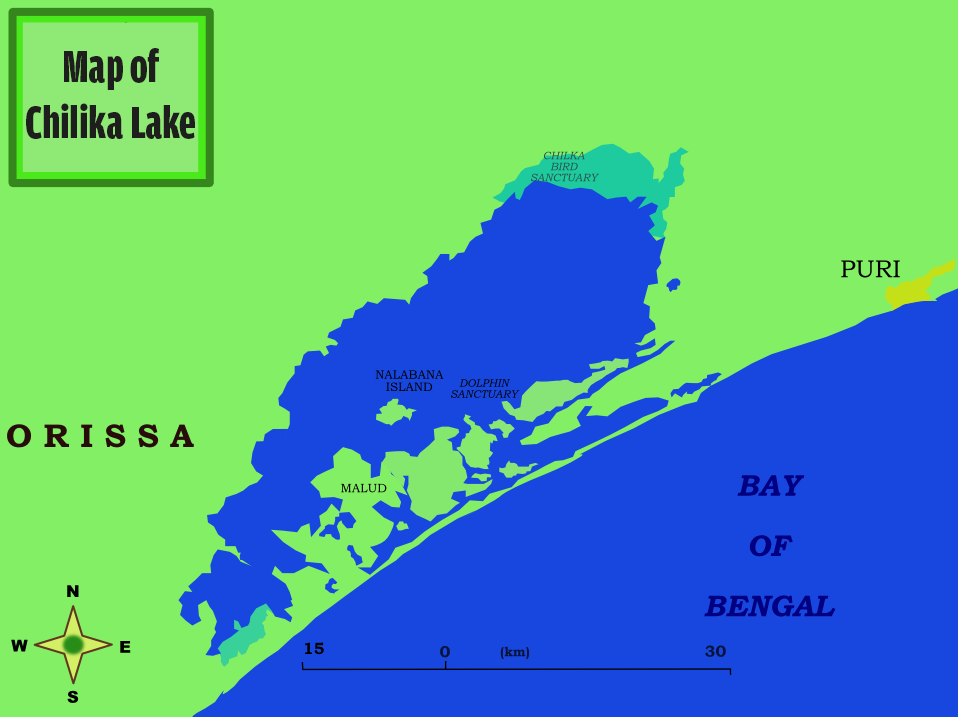
The Geographic Features of Chilika Lake
You can learn a lot of different geographic terms by studying Chilika Lake!
Its main features are that it is a brackish lagoon, a bar-built estuary with lots of mudflats and siltation in the catchment area, is considered an ephemeral lake, and touches the sea through a spit near a barrier beach.
Brackish: A mixture of freshwater and seawater
Chilika Lake is fresher on the northern side, since the freshwater rivers that supply flowing water empty into the lake there. But, the lake also takes in seawater from the Bay of Bengal. The sea flows in and out of the lake with the tides, and the amount of seawater entering the lake depends on the season. The lake is divided into four sectors based on average salinity: southern, central, northern sectors and the outer channel area.
Lagoon: A shallow body of salt water separated from the sea by a sandbank, barrier island(s), or coral reef
Chilika Lake is protected from full exposure to the sea by barrier islands, and the lake varies in depth between 0.9 to 2.6 ft (0.3 to 0.8 m) in the dry season to 5.9 to 13.8 ft (1.8 to 4.2 m) in the rainy season, which is rather shallow for a lake.
Estuary: An estuary is a place where rivers meet the sea, typically within a partially enclosed coastal body of brackish water (lagoon)
Chilika Lake is a mixture of freshwater rivers and coastal seawater.
There are white coral bands in the lake's southern sector located 8 m (26ft) above the current water level, showing that the area was once deeply covered by seawater.
Bar-Built: This means that the estuary has remained intact because sediment is deposited at the rate needed to keep the lagoon/estuary separate from the sea, rather than sediment being washed away and the lagoon being opened up to the ocean fully
Chilika Lake had too much sediment at one point, but now the rate of sedimentation is monitored and physically changed to keep the lagoon exposed to the sea at the correct rate.
Mudflats: Muddy land that is uncovered at low tide
The mudflats of Chilika Lake are typically only exposed during the dry season. They cover about 15.53 square km of the lake (which is 900 to 1165 sq. km depending on the season).
Ephemeral Lake: Ephemeral lakes are usually quite dry during the dry season, but become notably large and full during rainy seasons.
Chilika Lake is, on average 0.9 to 2.6 ft (0.3 to 0.8 m) deep during the dry season and 5.9 to 13.8 ft (1.8 to 4.2 m) deep in the rainy season.
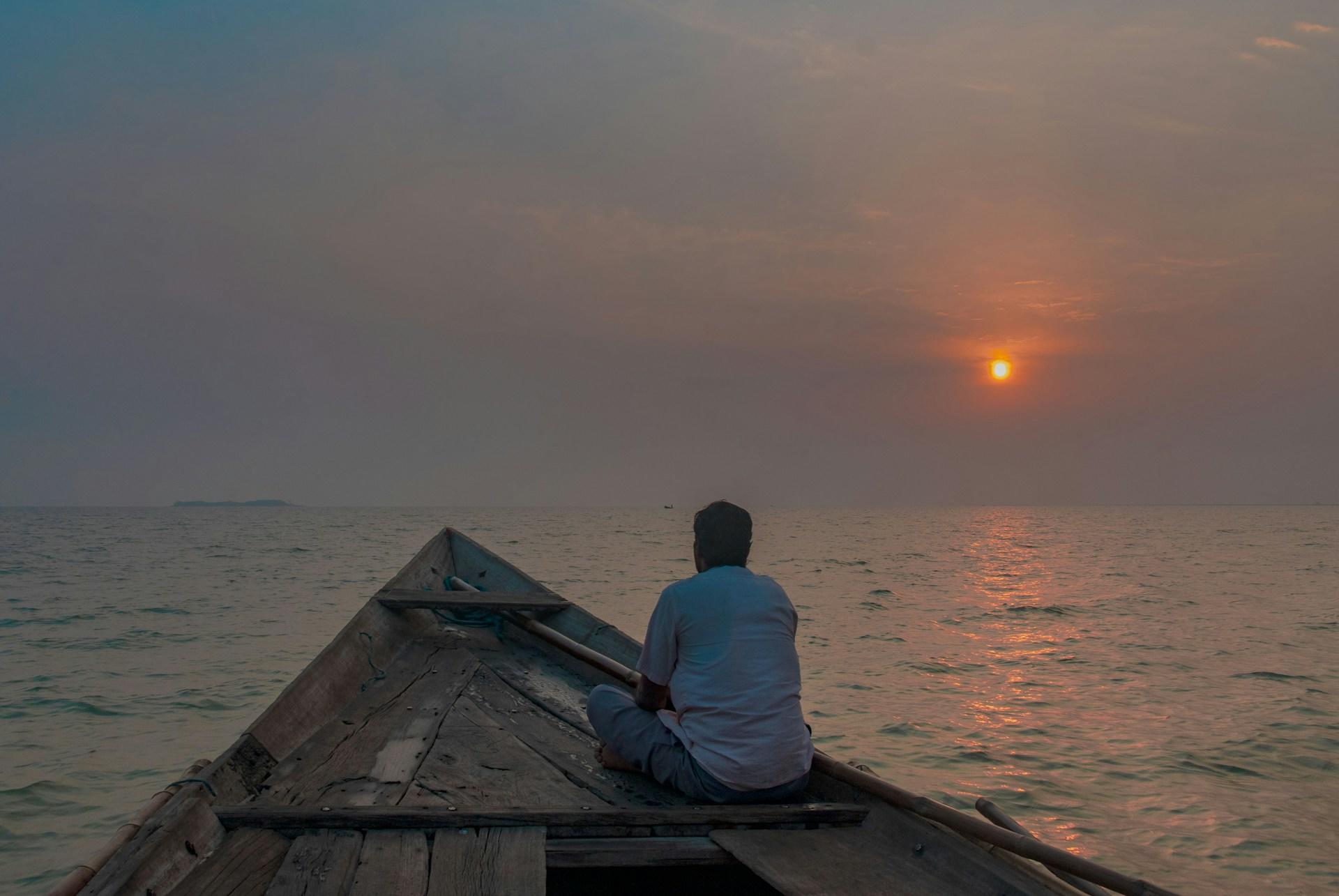
Spit: A sandbar that is connected to the mainland at one end and projects out to the sea at the other end.
The Spit of Chilika is the sandbar that allows the Sea of Bengal to connect to the inland lake without overtaking the lake fully. The sandbar is constantly changing shape.
Barrier Beach: Sandbars that are only slightly higher than sea level and which run parallel to shore, protecting lagoons and estuaries
Chilika Lake’s barrier beach is called Rejhansa.
Siltation: The process of blocking something with sand or soil; it’s considered a type of water pollution
Chilika Lake experiences siltation from the many freshwater rivers that flow into it. They contribute to the existence of the barrier beach, catchment area, and mudflats.
Catchment Area: A catchment area is where sedimentary particles collect, mostly clay, silt, sand, gravel and shell banks
Chilika Lake’s catchment area is replenished with about 1.6 million (16 lakhs) metric tonnes of sediment per year from the freshwater rivers that flow into the lake.
A fossil from the southwestern edge of the Spit of Chilka indicates that the lake was formed about 3,500 – 4,000 years ago.
What Wildlife Can Be Found at Chilika Lake?
Chilika Lake is simply bustling with wildlife, both native and migratory. In the winter, 50-70 different species of birds spend the coldest part of the year at the lake before flying back home in the spring. The dry season also brings about many elephants seeking water.
All year round, you can find animals like blackbuck, golden jackals, spotted deer and hyenas, and even dolphins! The area is also a prolific source of food for the locals, who rely on the prawn, mackerel and crab for sustenance and trade.
A Prime Location for Migratory Birds
While up to 70 different birds migrate to the lake each year, the most notable are:
- White-bellied sea eagles
- Graylag geese
- Purple moorhen
- Flamingo jacana
- Herons
Chilka Lake Bird Sanctuary is also a habitat of one of the biggest breeding places of flamingos in the world.
The birds travel from all over Europe and Asia coming from places like the Caspian Sea, Lake Baikal, Aral Sea, remote parts of Russia, Kirghiz steppes of Mongolia, Central and South East Asia, Ladakh and the Himalayas, and more.
In the 1989-90 winter, it’s estimated that two million birds migrated to the lake!
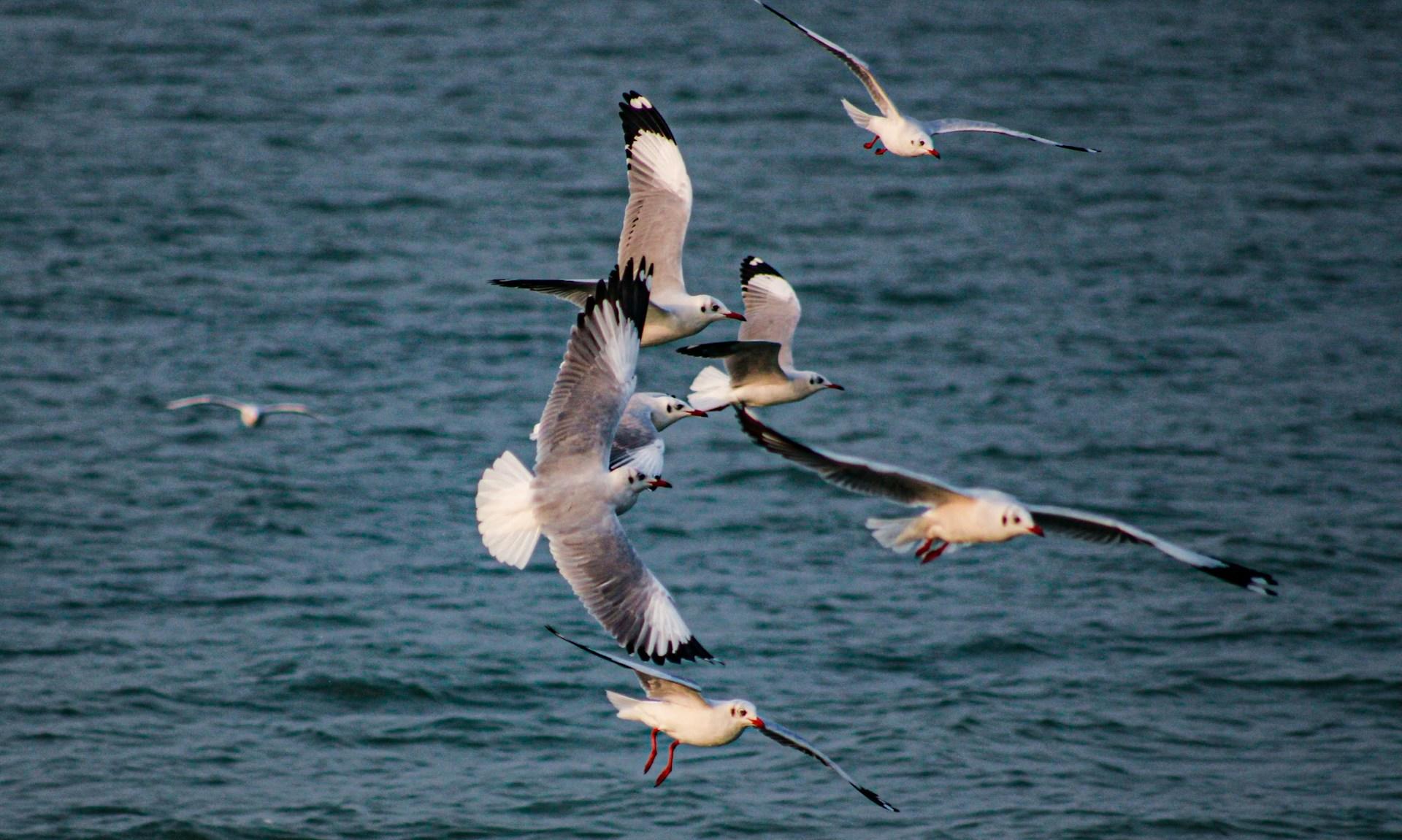
Dolphins, Fish, Jackals, Deer, and Lizards - Oh My!
Chilika Lake and the surrounding area are home to hundreds of non-bird species, and many of them are endangered or threatened status. Some of these animals include:
- Green sea turtle
- Dugong
- Irrawaddy dolphin
- Blackbuck
- Spoon-billed Sandpiper
- Chilika limbless skink
- Fishing cat
Chilika Lake is also home to around 710 different species of plants!
In total, 24 mammalian species and 37 reptilian and amphibian species were reported as both endangered and living in Chilika Lake.
Perhaps most notably, Chilika Lake is a great home and refuge for the Irrawaddy dolphins. The dolphins’ natural habitat is brackish, shallow water near the ocean, but they sometimes also live in freshwater rivers (like the Irrawaddy River they are named after). They typically live in the coasts stretching from the Bay of Bengal to New Guinea and the Philippines, particularly in Malaysia.
Chilika Lake is home to about 156 of these endangered animals; there are only about 7,000 of them in the world.
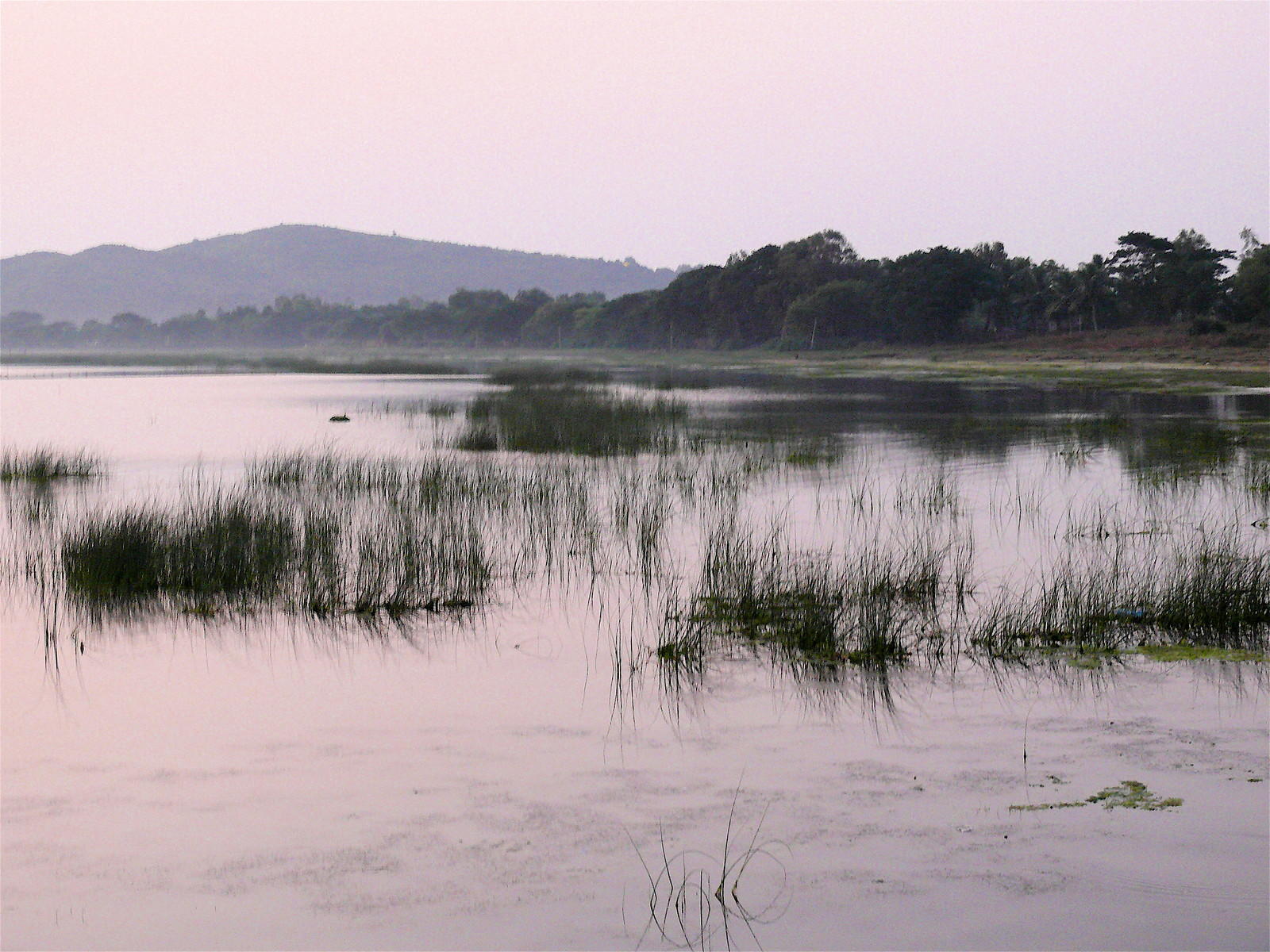
When Is the Best Time to Travel to Chilika Lake?
October to February/March is generally the best time to visit because that’s when you’ll be able to see the 50-70 species of migratory birds. The rest of the year aside from the rainy season (June to September) is also nice for visiting and enjoying the wildlife and environment.
You can also find that the Chilika Wildlife Sanctuary, Chilika Lake Bird Sanctuary, Nalbana Bird Sanctuary, and Mangalajodi Bird Sanctuary are all nearby since the entire lake region is teeming with wildlife.
How to Get to Chilika Lake
Air: Bhubaneshwar airport is 120 kms away from Chilka Lake.
Rail: Bhubaneshwar and Puri stations are close by.
Road: Chilka Lake is well-connected by road and reachable from various parts of Orissa
Chilika Lake is considered to fall into the “eco-tourism” genre of attractions in the world because visiting the wildlife sanctuaries helps fund the continued preservation of the flora, fauna, and environment. It also gives locals another type of work besides manual labour and fishing. One word of caution would be to not fall prey to fake gemstone and pearl scams that may be operating in the area; anytime there are tourists, there is a scammer hoping to get more money.
You can find lots of natural beauty and wonder (as well as many legitimate souvenirs) at Chilika Lake and the surrounding villages. It’s a spectacular place for nature lovers!

